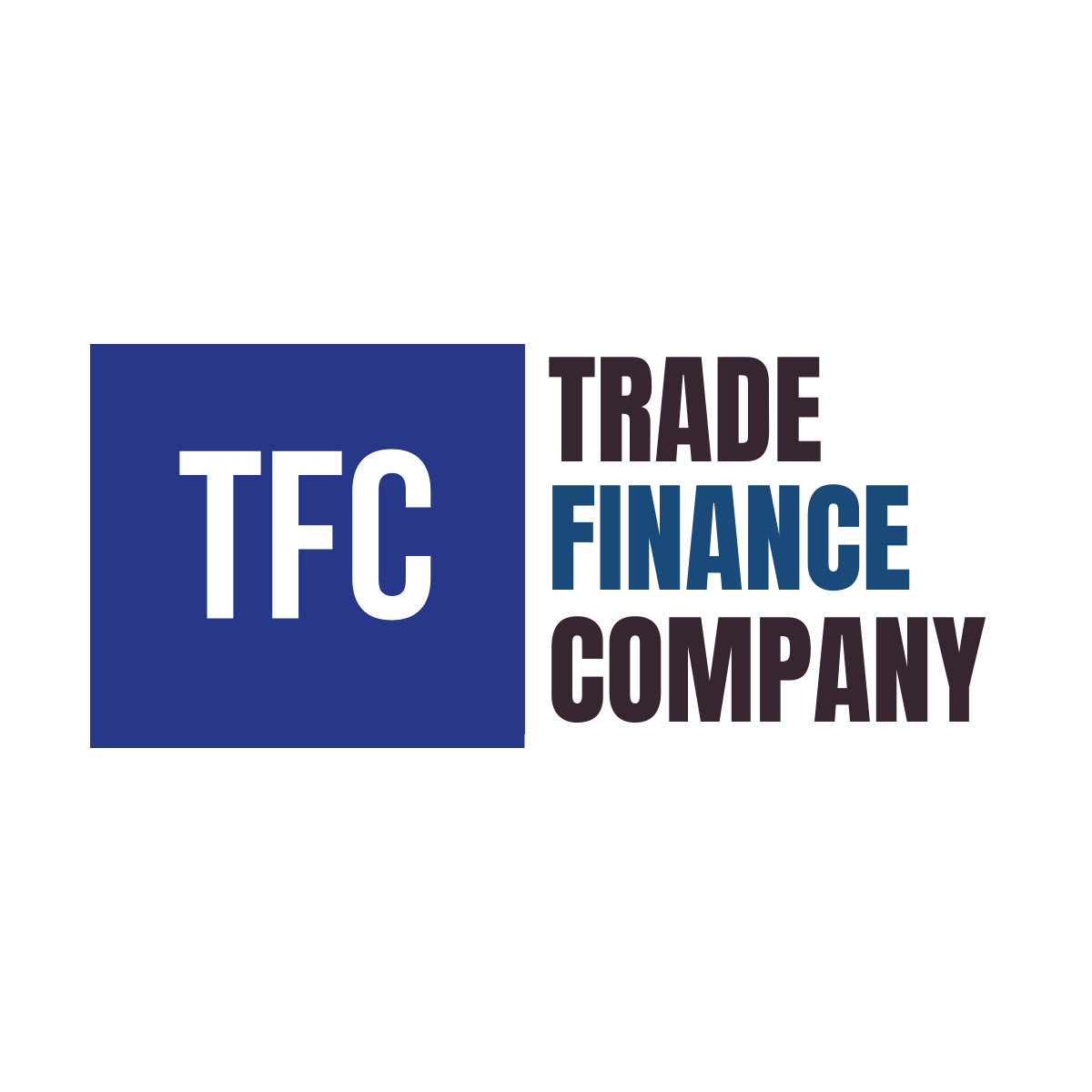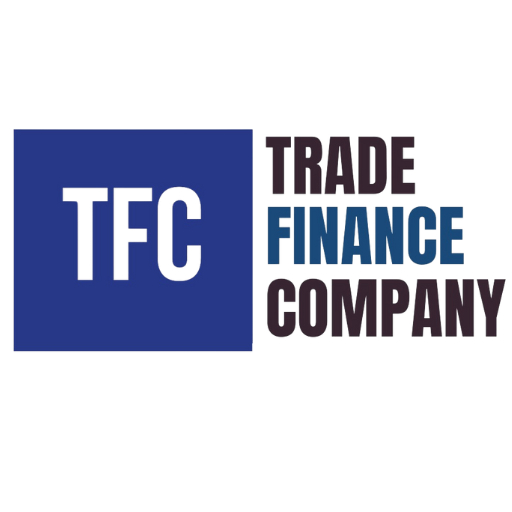Ready, Willing, and Able Letters: Demonstrating Business Readiness for Big Deals
In international trade and large-scale business transactions, confidence is everything. Buyers and sellers often hesitate to commit without solid proof that their partners can fulfill their promises. This is where Ready, Willing, and Able (RWA) Letters come into play. Issued by a bank or financial institution, an RWA Letter is a formal assurance that a client is prepared and financially capable of completing a specific deal. It eliminates uncertainty and signals to the other party that your business isn’t just interested—it’s prepared to act.
Imagine closing multi-million-dollar deals without lengthy delays or doubts from your trading partners. With an RWA Letter, you can confidently prove your business’s credibility, demonstrate financial capacity, and build trust with partners around the globe. By understanding how this powerful instrument works, you can open doors to opportunities that would otherwise stay locked behind layers of caution and risk.
Every entrepreneur knows the frustration of being ready for a big opportunity but held back by doubt—your potential client hesitates, your partner delays, or your investor questions your preparedness. That moment can be disheartening. The truth is, perception matters as much as performance in business. A Ready, Willing, and Able Letter replaces hesitation with assurance, showcasing that you’re not just interested—you’re equipped, confident, and financially secure. It’s a tool that gives life to your ambition and transforms potential deals into reality.

“In global trade, readiness is power. A Ready, Willing, and Able Letter is more than a statement—it’s your proof that you’re prepared to deliver.”
– Trade Finance Industry Expert

By the end of this article, you’ll understand:
• What a Ready, Willing, and Able (RWA) Letter truly represents in trade finance.
• How it strengthens your credibility in negotiations.
• The step-by-step process to request, prepare, and use an RWA Letter effectively.
• How it can become your ticket to securing big contracts and international partnerships.
Step 1: Understand the Purpose and Scope
Before requesting an RWA Letter, identify what deal or project it will support. Is it for a large commodity purchase, an investment proposal, or an international supply agreement? Understanding your objective helps tailor the letter to meet specific requirements and reassure your counterparties.
Step 2: Choose the Right Bank or Financial Institution
Not all banks issue RWA Letters, and credibility matters. Select a reputable, globally recognized institution or trade finance provider. Their reputation adds extra weight to your letter and ensures that your business’s readiness is taken seriously by potential partners.
Step 3: Prepare the Required Documentation
Your bank will need evidence of your financial stability and transaction readiness. This typically includes:
◘ Audited financial statements
◘ Proof of funds or credit line
◘ Details of the intended transaction
◘ Business registration and identification documents
◘ Providing complete and accurate documentation ensures faster issuance and strengthens the authenticity of your RWA Letter.
Step 4: Review the Terms and Language Carefully
An RWA Letter should clearly state that your business is “ready, willing, and able” to proceed with the transaction. However, it should not create unintended legal obligations or be mistaken for a payment guarantee. Review the draft carefully, ideally with legal counsel, to ensure accuracy and alignment with your business intentions.
Step 5: Present and Follow Up Professionally
Once the letter is issued, present it to your counterparties along with a formal communication expressing your commitment. Follow up promptly to discuss next steps or to clarify any concerns. This professionalism not only reinforces your credibility but also sets the tone for a smooth and successful transaction.



